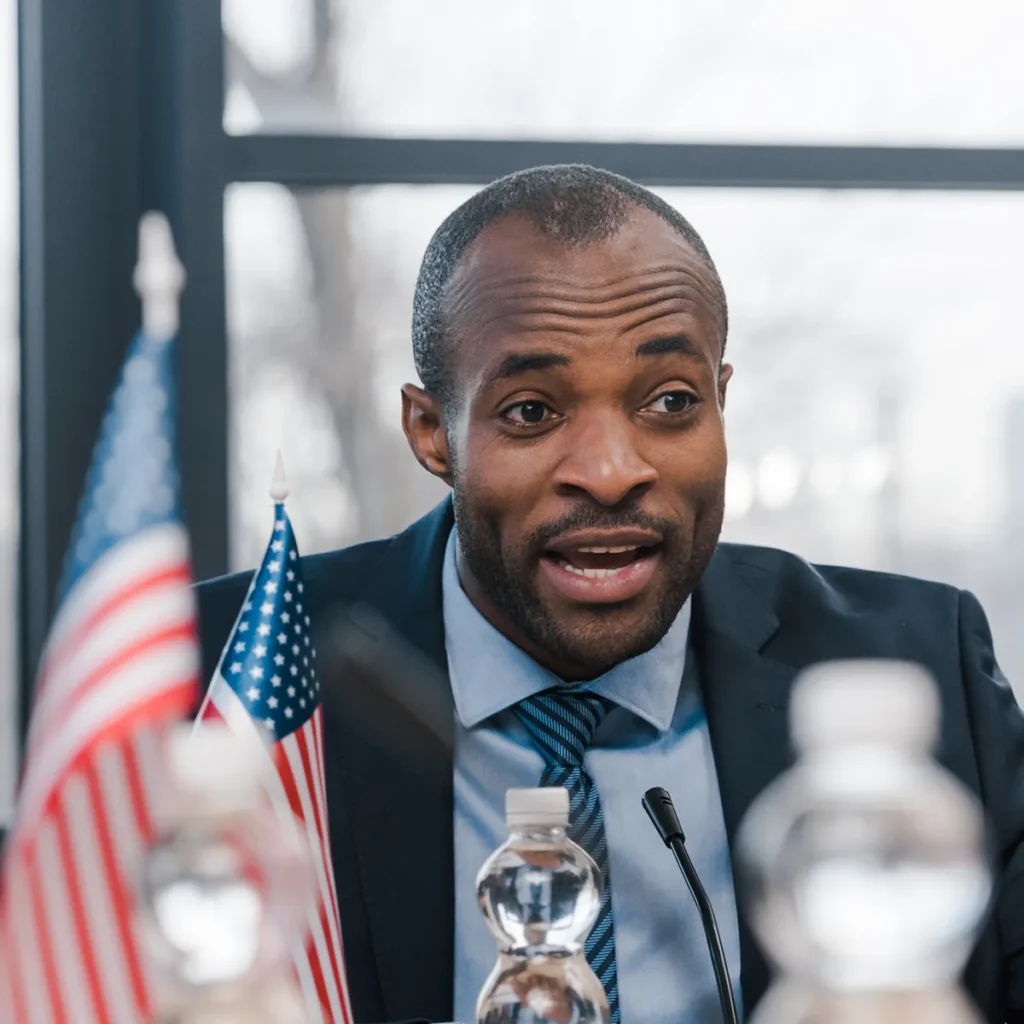
The Maurice Lucas Foundation
We’re proud to highlight the work of the Maurice Lucas Foundation (MLF)—a powerful example of how holistic, community-based intervention can transform the determinants of health for underserved youth.
Mental health care in the United States is often described as a system in crisis, with provider shortages, rising demand, and increasing rates of anxiety and depression. But beyond the general challenges, there exists a deep and persistent racial and cultural gap in mental health care—one that leaves millions of people from marginalized communities without adequate support.
For many Black, Latino, Indigenous, and Asian American individuals, mental health services are either inaccessible, unaffordable, or culturally misaligned with their needs. These barriers result in lower rates of diagnosis, fewer treatment options, and a general mistrust of the healthcare system. While mental health struggles affect people of all backgrounds, not everyone has the same chance of receiving help.

One of the most immediate obstacles in mental health care is simply finding a provider who will accept new patients—a challenge that is even greater for people of color. Studies show that many therapists and psychiatrists do not accept Medicaid, disproportionately affecting low-income individuals and communities of color who rely on public insurance. Even when financial barriers are removed, long wait times and provider shortages make it difficult to access timely care.
Geography also plays a role. Mental health professionals tend to be concentrated in wealthier, urban areas, meaning rural communities—many of which have large Black, Indigenous, and Latino populations—have even fewer options. For many families, the closest available provider may be hours away, making regular treatment nearly impossible.
Even when a provider is available, another issue arises: the lack of culturally competent care. Mental health treatment in the U.S. has been historically shaped by Western, white-centric models of psychology, often failing to consider how race, ethnicity, and cultural background influence mental health.
For example, a Black patient may describe symptoms of depression in ways that differ from the clinical definitions traditionally used in psychiatric training. A Latino family struggling with intergenerational trauma may feel that therapy does not reflect their family dynamics. An Indigenous person seeking treatment may find that their traditional healing practices are dismissed or misunderstood. These disconnects can lead to misdiagnosis, ineffective treatment plans, and ultimately, a reluctance to continue therapy.
Another critical issue is representation in the mental health field. Less than 20% of psychologists and psychiatrists identify as people of color, meaning that most patients of color are receiving care from professionals who may not fully understand their lived experiences. Research consistently shows that patients are more likely to follow through with treatment when they feel understood by their therapist—but for many people of color, that connection is difficult to find.
The racial disparities in mental health care are not just accidental—they are rooted in a long history of exclusion, misdiagnosis, and systemic mistreatment. Black Americans, for example, were disproportionately institutionalized in psychiatric hospitals throughout the 19th and 20th centuries. Schizophrenia was overdiagnosed in Black men during the 1960s and 70s, reinforcing harmful stereotypes that still linger in medical training today. Indigenous communities have endured centuries of forced assimilation, loss of traditional healing practices, and generational trauma, leaving deep scars that affect their relationship with Western medicine.
These histories are not just distant memories; they continue to shape who seeks care, who avoids it, and who feels unheard when they do reach out for help. Mistrust of the medical system is a rational response to generations of neglect and harm, and it cannot be undone simply by increasing access to therapy.
Closing the racial and cultural gaps in mental health care requires more than just expanding access—it demands a transformation in how care is provided, who provides it, and how communities are supported.
Training programs in psychology and psychiatry must include comprehensive cultural competency education, ensuring that future mental health professionals are equipped to serve diverse populations. More investment is needed to increase the number of providers from underrepresented backgrounds, creating a workforce that better reflects the communities it serves.
On a policy level, Medicaid and public insurance programs should increase reimbursement rates for mental health services, making it financially feasible for more providers to accept these patients. Expanding school-based mental health programs and community-led initiatives can also make services more accessible, particularly for those who may not feel comfortable seeking traditional therapy.
Public health campaigns must work within communities to reduce stigma around mental health treatment, particularly in cultures where seeking therapy is still seen as taboo. In many cases, the most effective interventions will come from within communities themselves—faith-based organizations, cultural centers, and peer-led mental health initiatives have already been successful in bridging gaps where mainstream care has failed.
Determinants of Health: Cultural Factors, Socioeconomics, Isolation & Belonging, Ethnicity

We’re proud to highlight the work of the Maurice Lucas Foundation (MLF)—a powerful example of how holistic, community-based intervention can transform the determinants of health for underserved youth.

Housing insecurity—whether it’s the threat of eviction, living in substandard conditions, or experiencing homelessness—has a profound impact on overall well-being.

How Oregon Can Use Existing Federal Tools to Achieve Equity in Medicaid Reimbursement.

The evidence is clear: early intervention programs don’t just improve individual lives—they save society billions in healthcare, education, and social services costs.

By signing up for our news, policy, and advocacy newsletter.